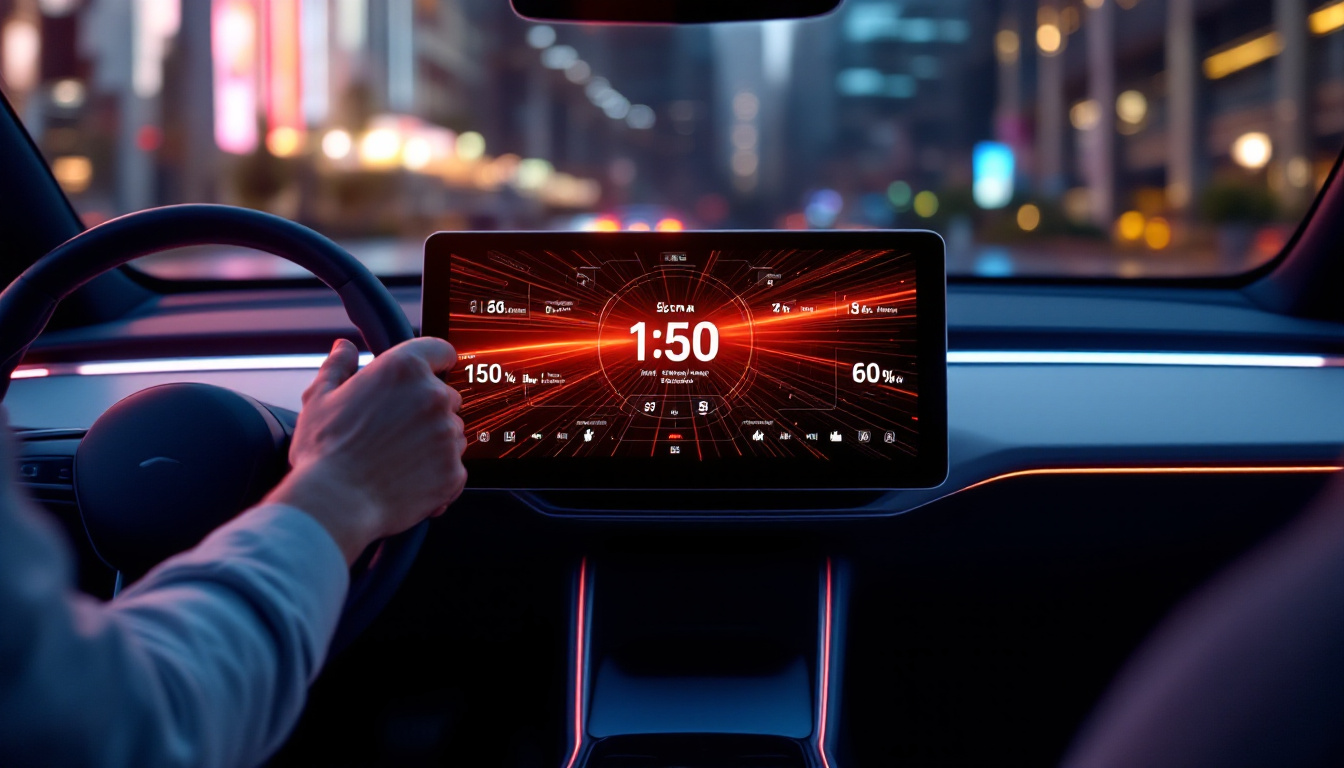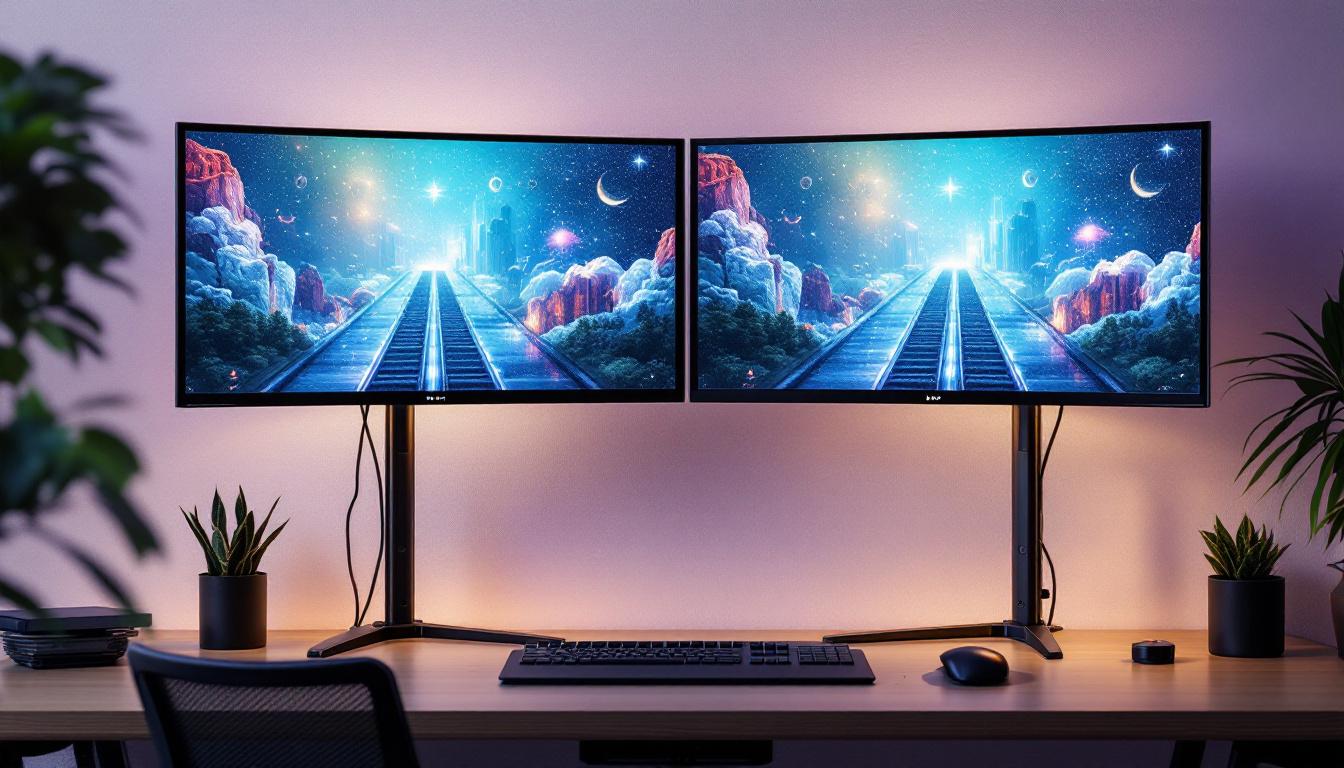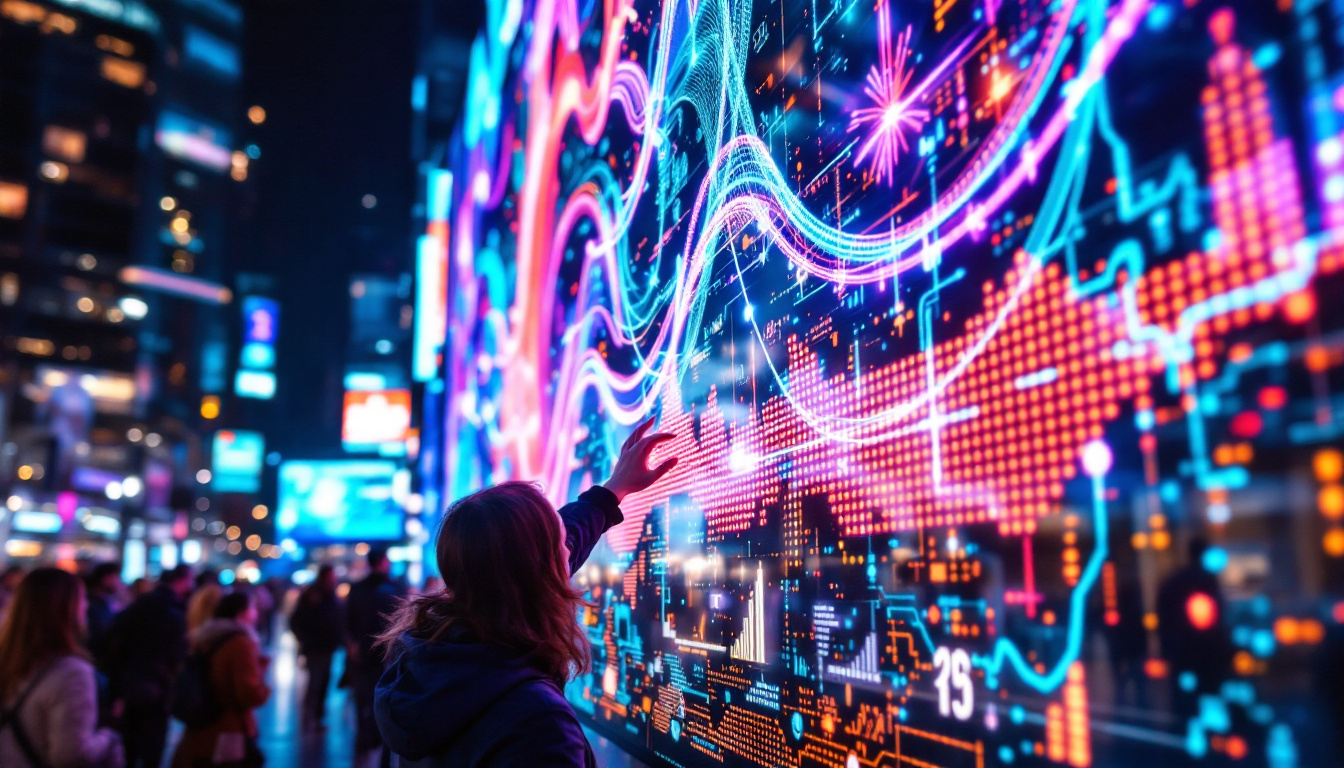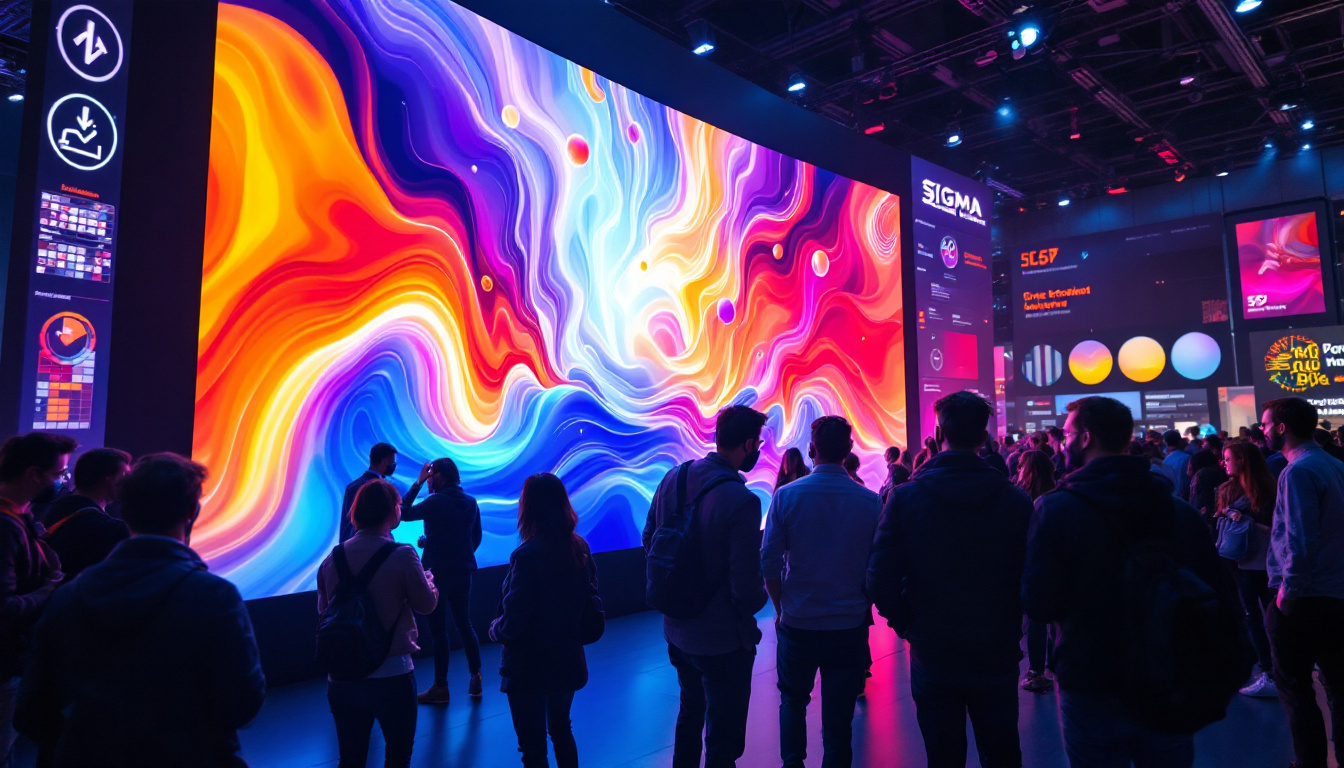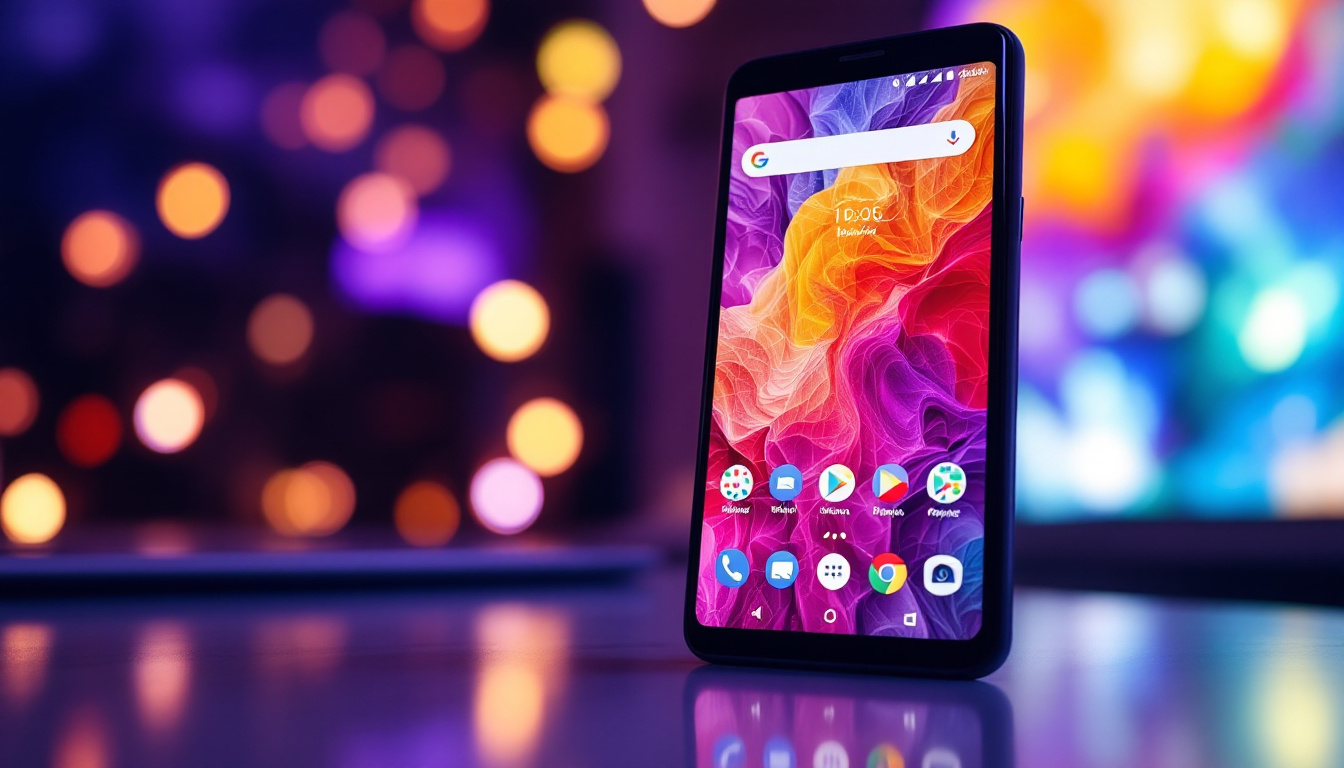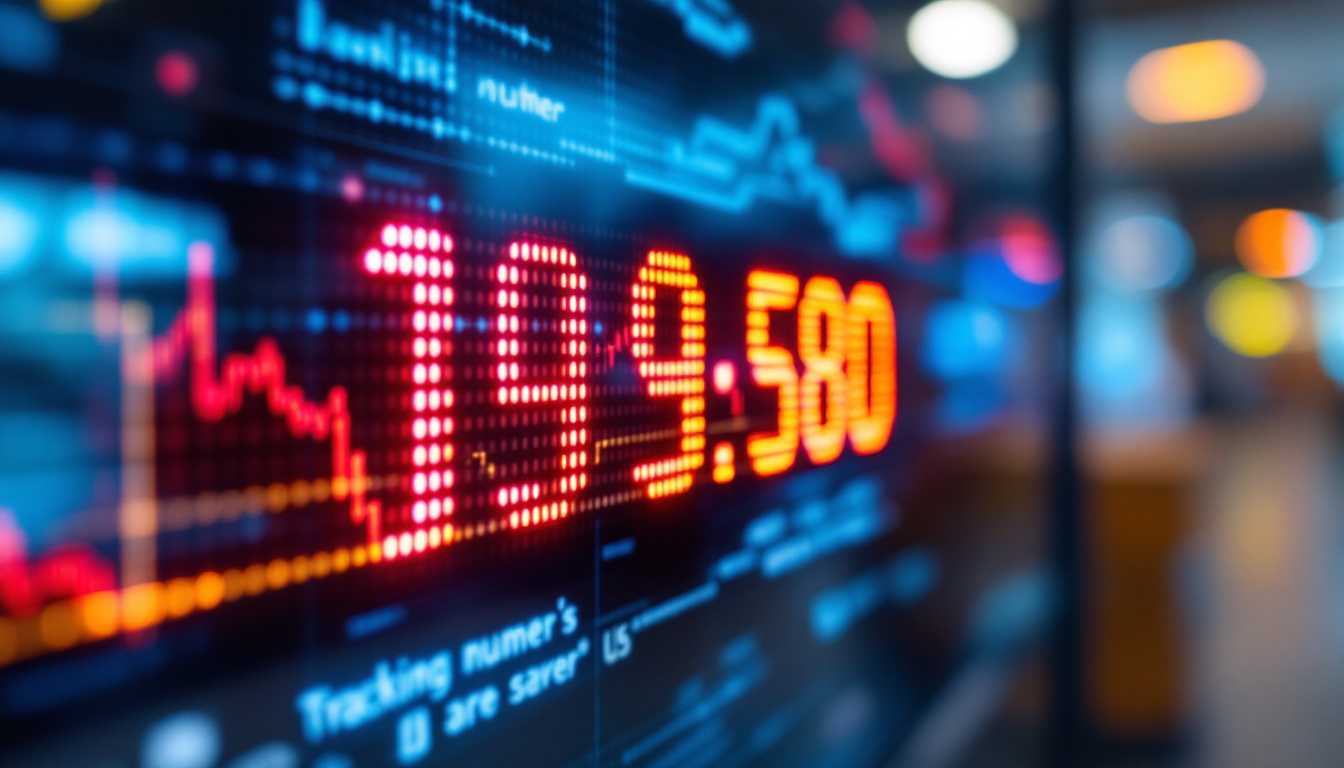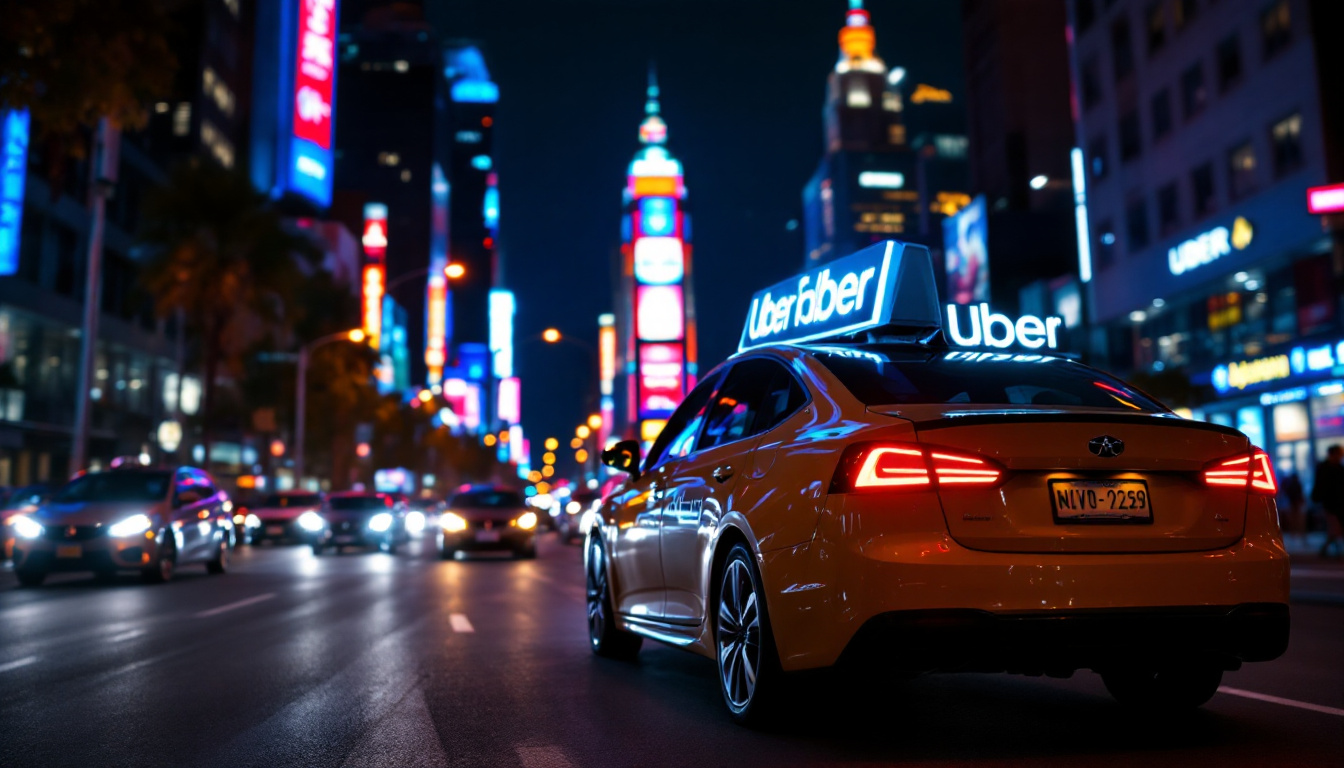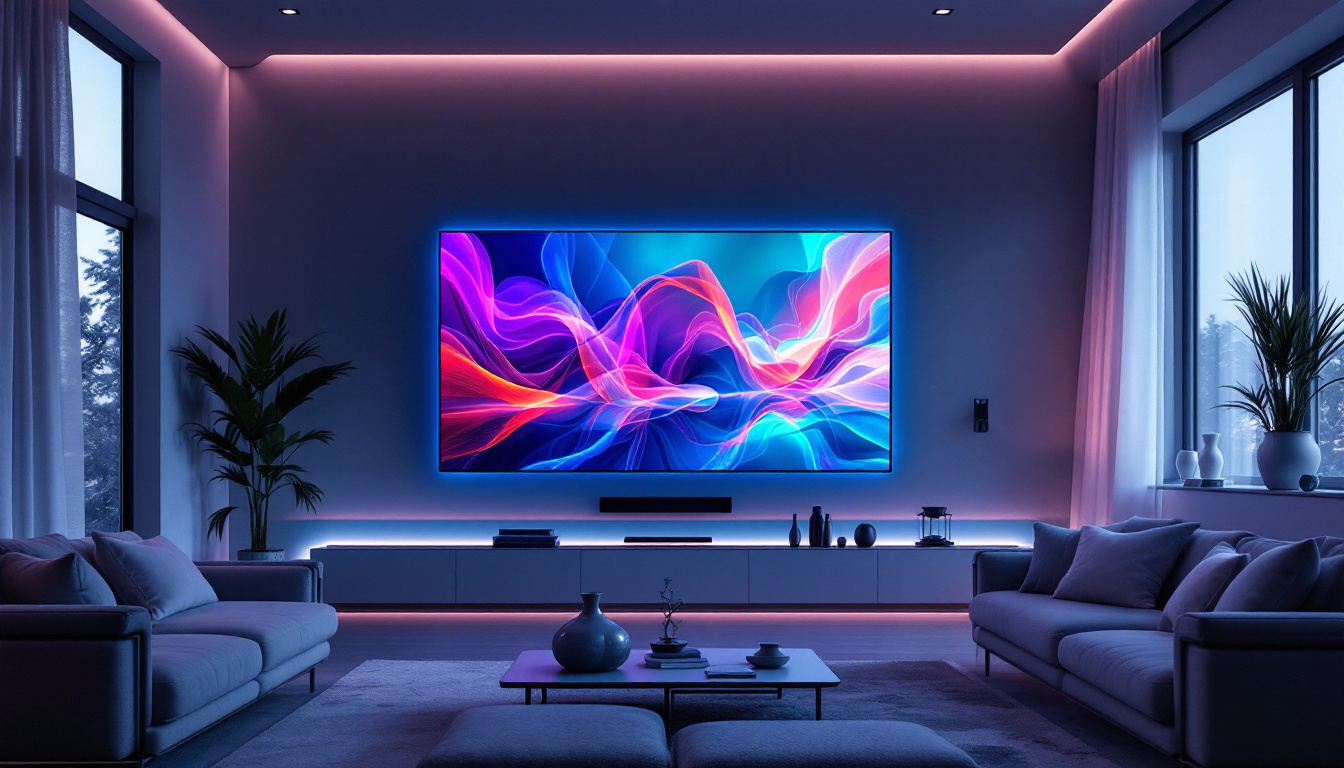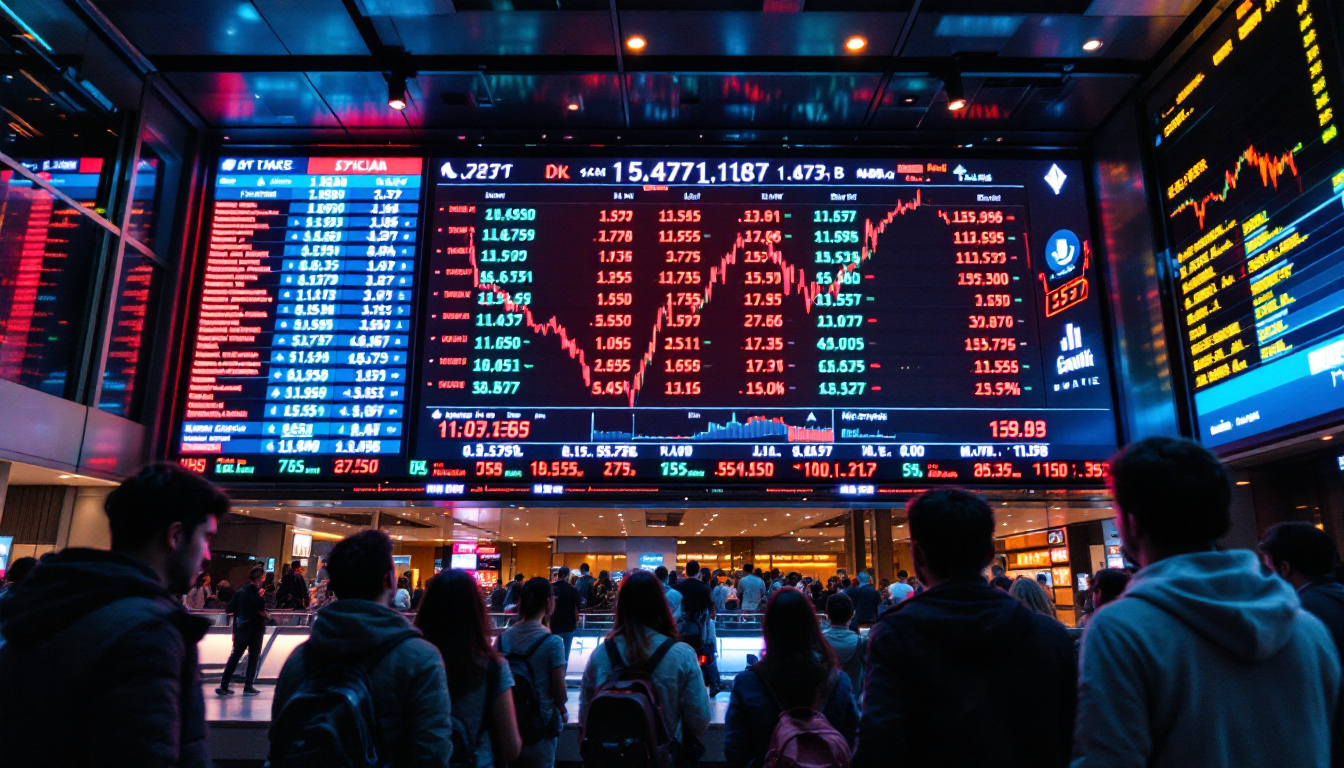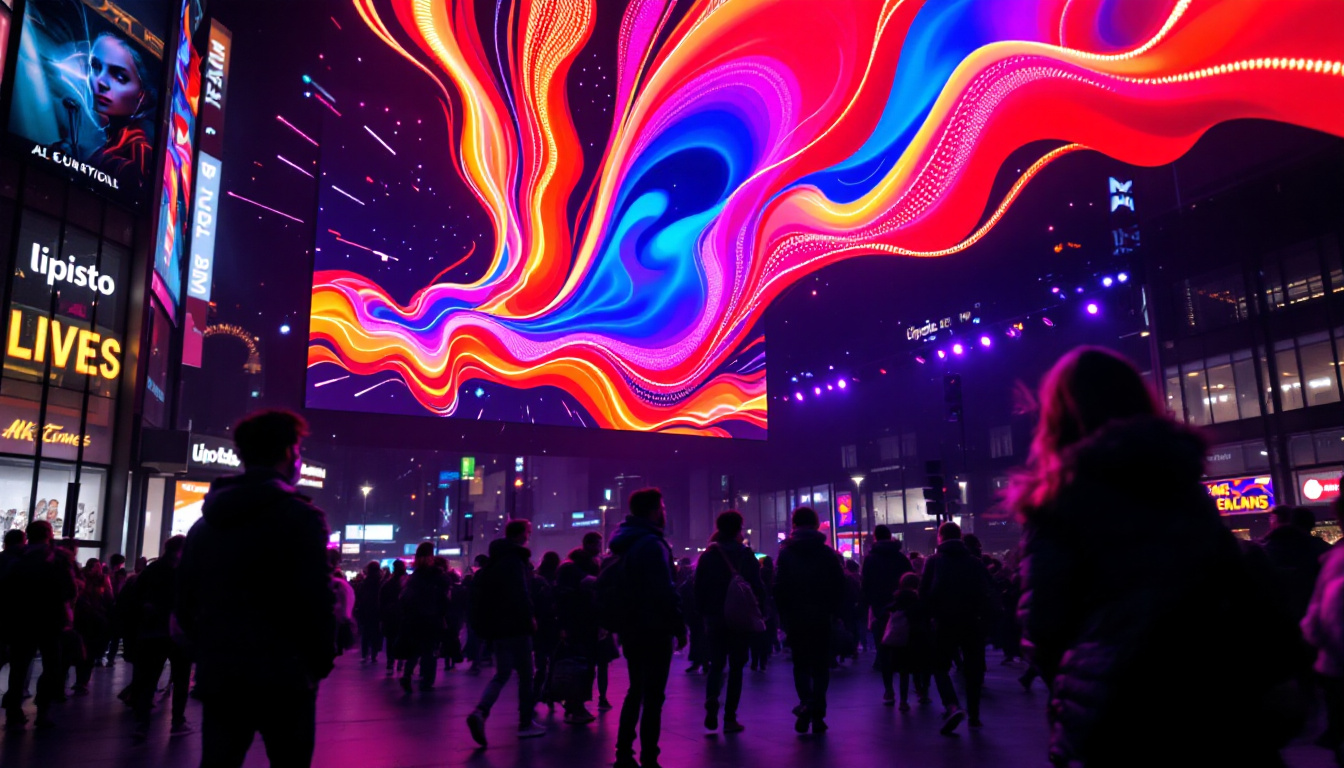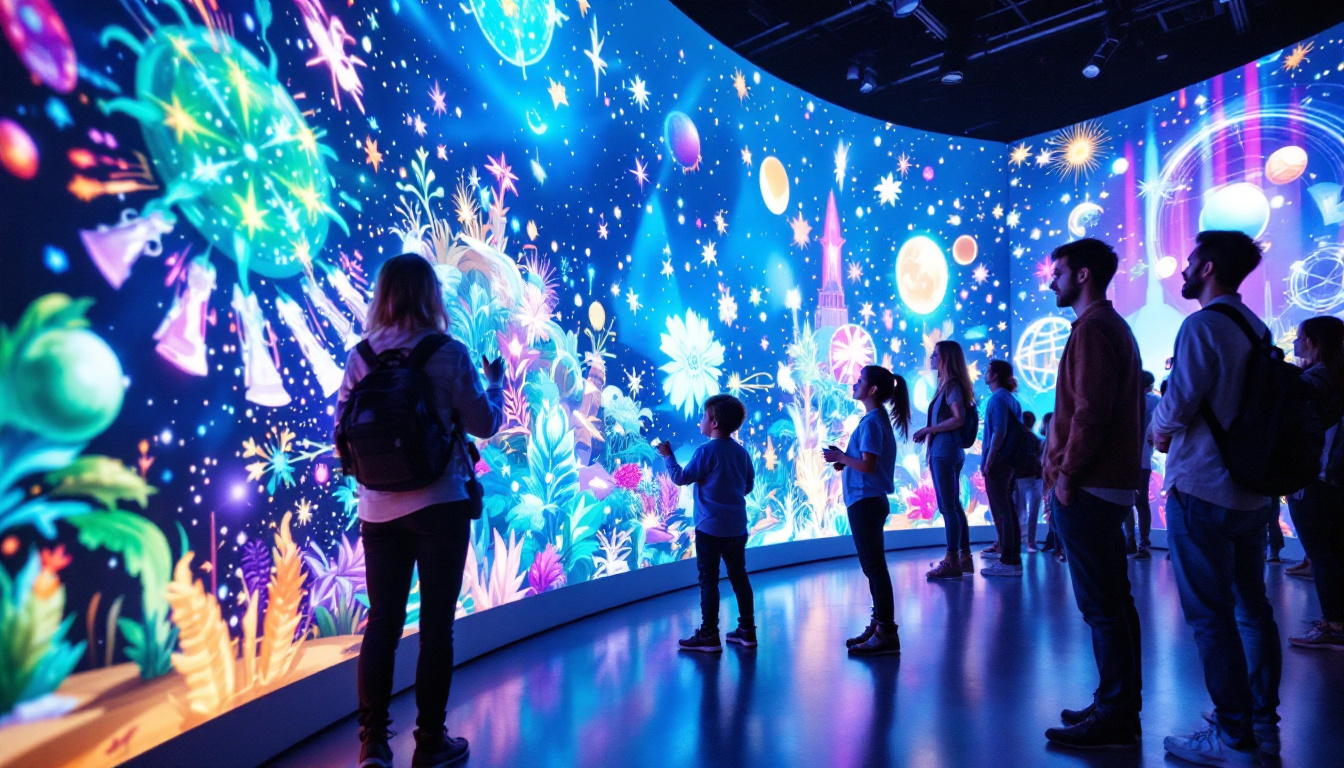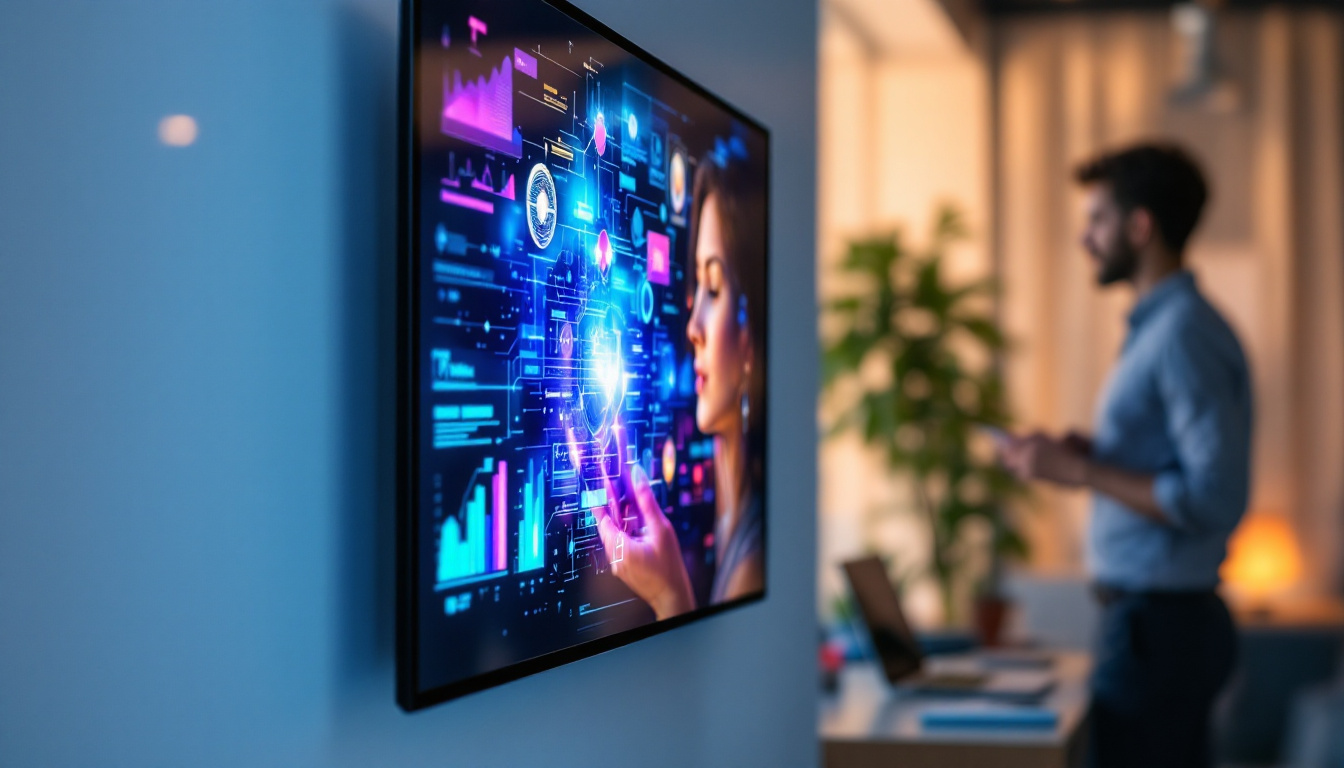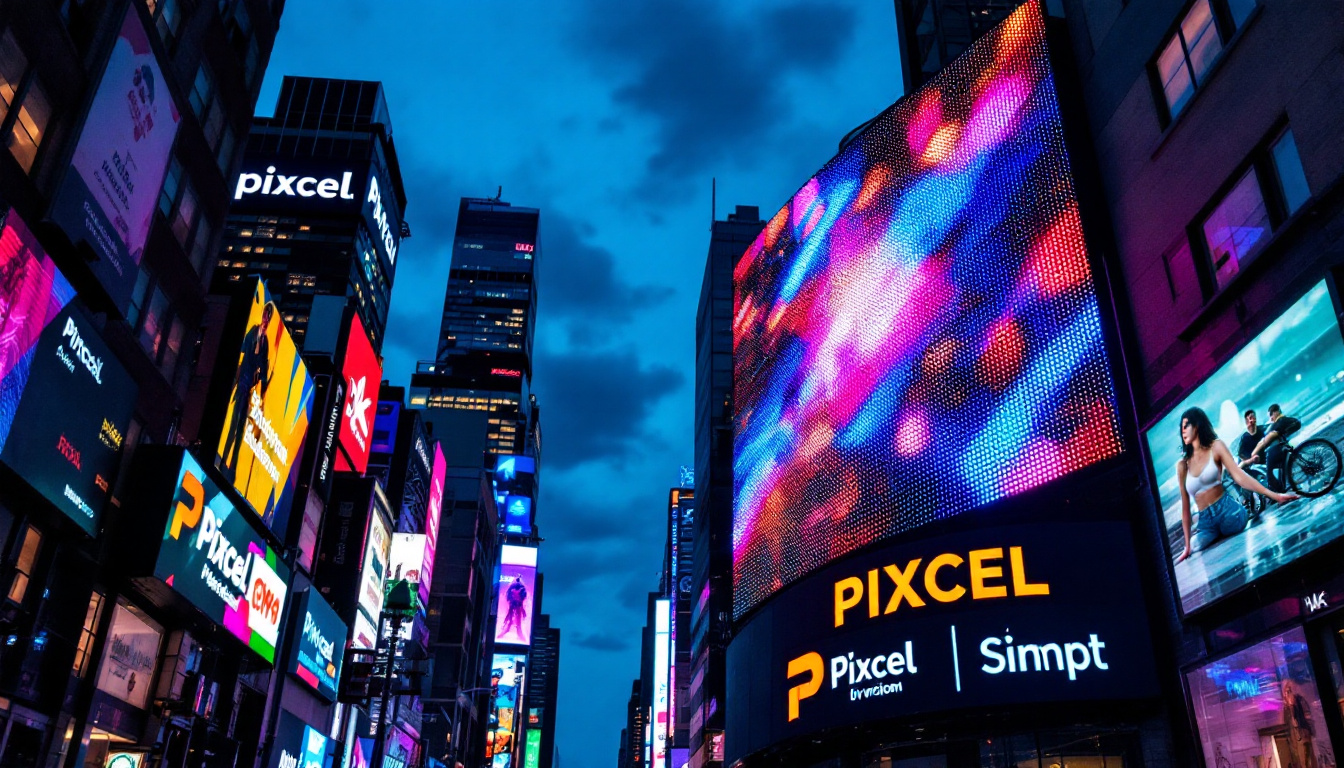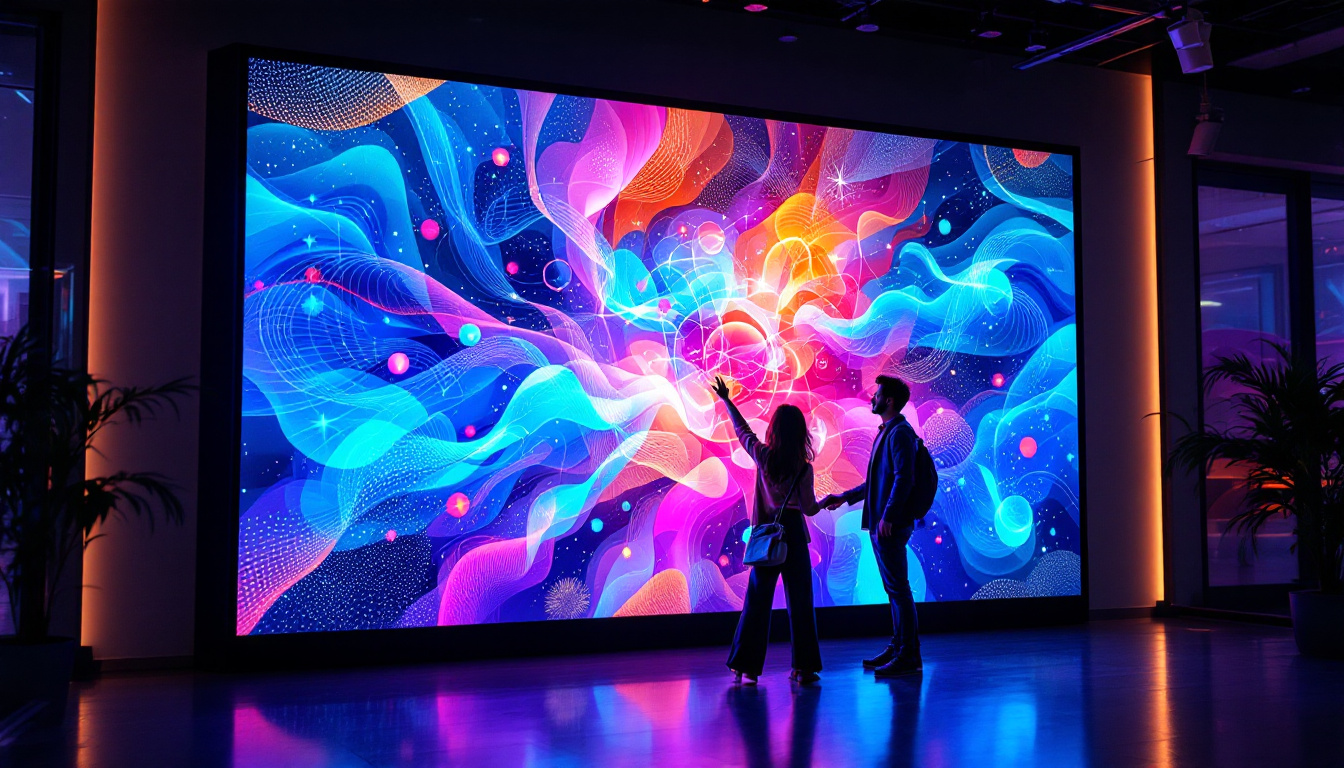In the rapidly evolving world of digital media, video content has become a dominant force in entertainment, marketing, and communication. Among the many technologies that enhance video presentation, LED displays stand out for their vibrant colors, high brightness, and versatility. This article explores the role of LED displays in video content, focusing on their technology, applications, and why they have become a preferred choice for displaying video, including adult content, in various settings.
Understanding LED Display Technology
What is an LED Display?
LED stands for Light Emitting Diode, a semiconductor device that emits light when an electric current passes through it. An LED display is a flat panel that uses an array of these diodes to create images and videos. Unlike traditional LCD screens that rely on backlighting, LED displays use individual diodes to produce light and color, resulting in higher brightness and contrast ratios.
LED displays can be categorized into two main types: direct-view LED and LED-backlit LCD. Direct-view LED displays consist entirely of LEDs that form the image, making them ideal for large-scale screens such as billboards and stadium displays. LED-backlit LCDs, on the other hand, use LEDs as a backlight for liquid crystal displays, common in televisions and computer monitors. The versatility of LED technology has led to its adoption in various applications, from advertising to artistic installations, showcasing its potential to captivate audiences in diverse settings.
How LED Displays Work for Video Content
Each pixel on an LED display is made up of tiny red, green, and blue LEDs. By adjusting the intensity of these LEDs, the display can produce a wide range of colors. This capability allows LED screens to render video content with vivid colors and deep blacks, enhancing the viewing experience. The precision in color mixing is particularly beneficial for high-definition content, where subtle gradients and shades can be accurately represented, providing a more immersive experience for viewers.
The refresh rate of LED displays, often exceeding 120 Hz, ensures smooth motion rendering, which is crucial for video playback. Additionally, LED displays maintain image quality even in brightly lit environments due to their high luminance levels, making them suitable for both indoor and outdoor video presentations. This adaptability is especially important for events like concerts or sports games, where lighting conditions can vary dramatically. Furthermore, advancements in LED technology, such as the introduction of microLED and miniLED, are pushing the boundaries of display capabilities, offering even finer pixel densities and improved energy efficiency, which is a significant consideration in large-scale installations.
Applications of LED Displays in Video Content
Entertainment and Advertising
LED displays have revolutionized the entertainment industry by enabling large-scale video projections in concerts, theaters, and public events. Their ability to produce bright, dynamic visuals attracts audiences and enhances engagement. In advertising, LED billboards and digital signage offer brands a powerful medium to showcase video ads with high visibility and impact.
For example, Times Square in New York City is famous for its massive LED billboards that display vibrant video advertisements around the clock. These displays not only capture attention but also allow advertisers to update content in real-time, making campaigns more flexible and responsive. The use of LED technology in such high-traffic areas has also led to innovative advertising strategies, including interactive campaigns that engage passersby through touch or motion sensors, creating a two-way communication channel that enhances brand interaction.
Adult Video Content and LED Displays
The adult entertainment industry has also embraced LED display technology to enhance the presentation of video content. High-definition LED screens are used in adult venues, clubs, and private settings to deliver immersive viewing experiences. The clarity and brightness of LED displays help showcase video content with greater detail and color accuracy.
Moreover, LED technology facilitates discreet and customizable setups. For instance, modular LED panels can be arranged to fit various spaces, from intimate rooms to large event halls. This adaptability allows producers and venue owners to create tailored environments that enhance audience engagement while maintaining privacy and comfort. Additionally, the integration of LED displays with advanced sound systems can create a multi-sensory experience, where visuals and audio work in harmony to captivate the audience. This synergy not only elevates the viewing experience but also encourages longer engagement times, making it a valuable tool for venues looking to maximize their impact and profitability.
Furthermore, the rise of streaming services and online platforms has also influenced the use of LED displays in the adult industry. With the ability to broadcast live events or exclusive content on large screens, producers can reach wider audiences beyond traditional venues. This shift has led to innovative uses of LED technology for virtual events, where viewers can participate from the comfort of their homes while still experiencing the thrill of a live show, thus expanding the market and redefining how adult content is consumed.
Advantages of LED Displays for Video Playback
Superior Image Quality
One of the primary benefits of LED displays is their exceptional image quality. The direct emission of light from LEDs results in higher contrast ratios and more vibrant colors compared to other display technologies. This means videos appear more lifelike and visually appealing, which is especially important for content that relies on visual impact.
High dynamic range (HDR) capabilities in modern LED displays further enhance image quality by providing a wider range of brightness and color depth. This feature allows videos to display subtle details in shadows and highlights, contributing to a richer viewing experience. Moreover, the refresh rates of LED displays are typically higher than those of traditional screens, reducing motion blur and ensuring that fast-paced action scenes are rendered smoothly. This is particularly beneficial for sports broadcasts or action films, where clarity and detail can significantly enhance viewer engagement.
Energy Efficiency and Longevity
LED displays are known for their energy efficiency. They consume less power than traditional display technologies, which translates to lower operational costs, especially for large-scale installations. Additionally, LEDs have a longer lifespan, often exceeding 50,000 hours of use, reducing the need for frequent replacements and maintenance.
These factors make LED displays a cost-effective solution for continuous video playback in commercial and entertainment environments, including venues that feature adult video content. The reduced energy consumption not only benefits the bottom line but also aligns with growing sustainability initiatives. Many businesses are now prioritizing eco-friendly technologies, and the low heat output of LED displays contributes to a cooler environment, minimizing the need for extensive air conditioning systems in large venues.
Flexibility and Scalability
LED display modules are highly modular, allowing for customization in size and shape. This flexibility enables the creation of screens that fit unique spaces or design requirements. Whether it’s a small screen for personal use or a massive video wall for public display, LED technology can accommodate diverse needs.
Scalability also means that LED displays can be expanded or reconfigured as needed, providing long-term value for businesses and content creators who want to adapt their setups over time. This adaptability is particularly advantageous in dynamic environments like trade shows or concerts, where the layout may change frequently. Additionally, the ability to seamlessly integrate with other technologies, such as interactive touchscreens or augmented reality systems, allows for innovative presentations that can captivate audiences and enhance the overall experience.
Challenges and Considerations When Using LED Displays
Cost and Installation
While LED displays offer many advantages, the initial investment can be significant, especially for high-resolution, large-format screens. Installation may require professional expertise to ensure proper calibration, alignment, and integration with video sources.
For venues or individuals considering LED displays for video content, it’s important to weigh the upfront costs against the benefits of improved image quality, durability, and flexibility. Budget planning should also account for potential maintenance and operational expenses.
Content Quality and Compatibility
To fully leverage the capabilities of LED displays, video content must be produced or optimized at appropriate resolutions and formats. Low-quality or improperly formatted videos may not display well, resulting in pixelation or color inaccuracies.
Content creators should ensure that their video files match the native resolution and aspect ratio of the LED screen. Additionally, using professional video playback hardware and software can help maintain smooth performance and synchronization.
Environmental Factors
Although LED displays are durable, environmental conditions such as extreme temperatures, humidity, and exposure to direct sunlight can affect performance and longevity. Outdoor LED screens typically require weatherproofing and protective enclosures to withstand these challenges.
Indoor installations should consider ventilation and ambient lighting to optimize display performance and prevent overheating.
The Future of LED Displays in Video Media
Technological Innovations
Advancements in LED technology continue to push the boundaries of video display quality. MicroLED and miniLED technologies offer even higher pixel densities, improved contrast ratios, and enhanced energy efficiency. These innovations promise more immersive and realistic video experiences across various applications.
Flexible and transparent LED displays are also emerging, enabling new forms of video presentation integrated into architecture, fashion, and consumer electronics. Such developments could redefine how video content is consumed and displayed in the future.
Expanding Use Cases
Beyond entertainment and advertising, LED displays are increasingly used in education, healthcare, and corporate environments to present video content effectively. Virtual and augmented reality applications are also integrating LED technology to enhance visual immersion.
In the adult entertainment sector, continued improvements in LED display technology will likely lead to more sophisticated and personalized viewing experiences, blending high-quality visuals with interactive and immersive elements.
Conclusion
LED displays have transformed the way video content is presented, offering unmatched brightness, color accuracy, and flexibility. Their adoption across various industries, including adult entertainment, highlights their versatility and effectiveness in delivering engaging visual experiences.
Understanding the technology behind LED displays and their advantages can help content creators, venue operators, and consumers make informed decisions when selecting display solutions for video content. As LED technology evolves, it promises to unlock new possibilities for immersive and dynamic video presentations in the years to come.
Illuminate Your Content with LumenMatrix
As you consider the unparalleled advantages of LED displays for your video content, LumenMatrix stands at the forefront of this transformative technology. With a comprehensive range of solutions including Indoor and Outdoor LED Wall Displays, Vehicle LED Displays, and innovative options like LED Poster and Sports Displays, LumenMatrix is committed to illuminating your brand’s message with vibrancy and precision. Whether you’re looking to create an immersive experience with Floor LED Displays, require the versatility of Custom LED Displays, or seek the sleekness of All-in-One and Transparent LED Displays, our mission is to revolutionize your visual communication. Check out LumenMatrix LED Display Solutions today and step into the future of dynamic and engaging video presentations.


